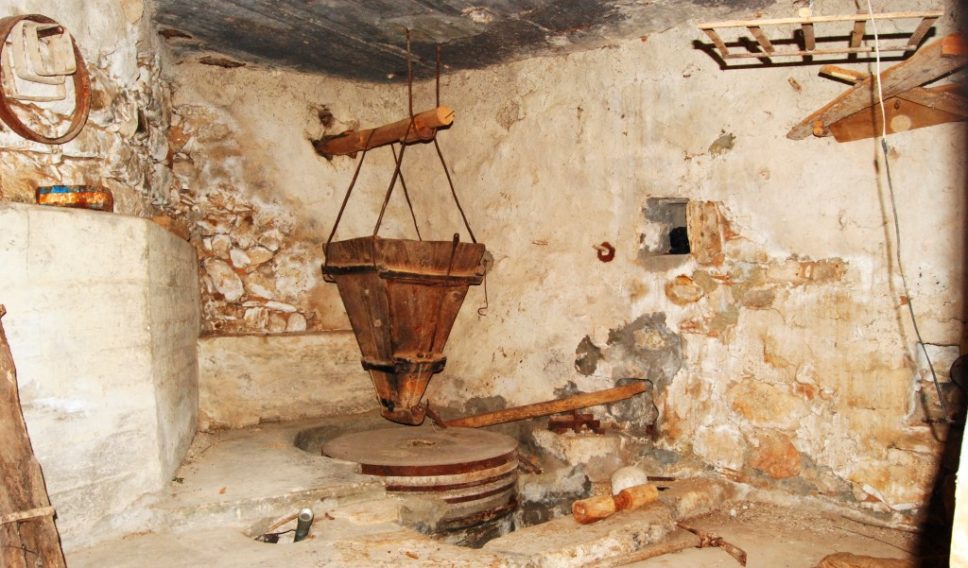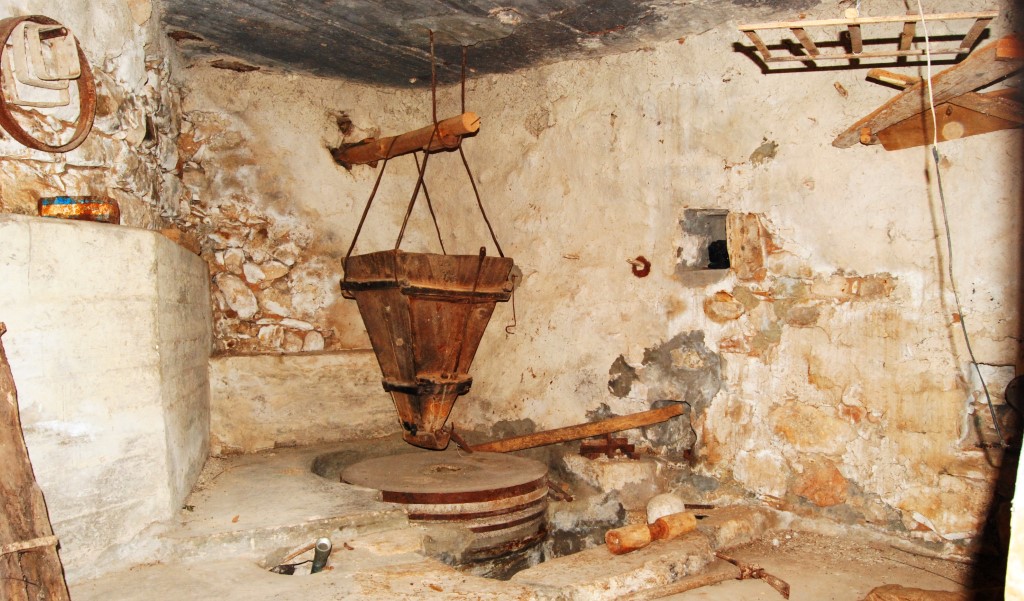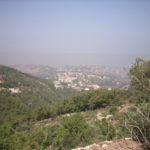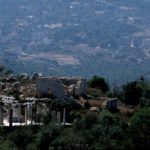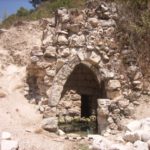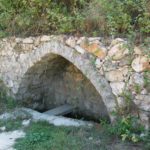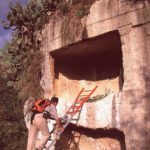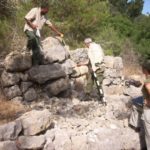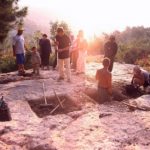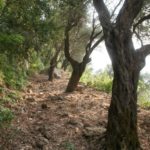Iqlim el-Kharroub
Iklim el Khharub
-
Project name:
Polish-Lebanese Archaeological Mission in Jiyeh (Porphyreon)
Survey in the Iqlim el-Kharroub Province
Facebook:
Polish Archaeological Projects in Lebanon
Academia.edu:
The Joint Expedition to Chhim and Jiyeh, Lebanon. Polish-Lebanese Mission
-
Type of site:
Necropoles, graves, mosques (Barja, Nebi Younis), settlements, water springs, water mills, cisterns, roads, wine and olive oil presses, lime kilns
Location:
Lebanon
Iqlim el-Kharroub Province
Between Wadi Bisri on the south, Wadi Damour on the north, Jebel Baruk on the east and the Mediterranean Sea on the west
Dating:
The recorded sites span a time from the Roman period to modern times
Most interesting finds:
Project name:
Polish-Lebanese Archaeological Mission in Jiyeh (Porphyreon)
Survey in the Iqlim el-Kharroub Province
Facebook:
Polish Archaeological Projects in Lebanon
Academia.edu:
The Joint Expedition to Chhim and Jiyeh, Lebanon. Polish-Lebanese Mission
Type of site:
Necropoles, graves, mosques (Barja, Nebi Younis), settlements, water springs, water mills, cisterns, roads, wine and olive oil presses, lime kilns
Location:
Lebanon
Iqlim el-Kharroub Province
Between Wadi Bisri on the south, Wadi Damour on the north, Jebel Baruk on the east and the Mediterranean Sea on the west
Dating:
The recorded sites span a time from the Roman period to modern times
Several dozen archaeological sites, including:
– a Roman necropolis in Barja
– a network of water mills in Wadi Dalhoun
History of research:
Investigated by the PCMA mission in:
1999–2005, 2007–2009, 2013
Type of research:
Survey
Director:
Mahmoud El-Tayeb (Polish Centre of Mediterranean Archaeology, University of Warsaw)
Co-operating institutions:
– Polish Centre of Mediterranean Archaeology, University of Warsaw
– Directorate General of Antiquities (DGA)
Additional information:
The survey carried out in the Iqlim el-Kharroub Province supplemented the excavations in the ancient village of Chhim conducted under the direction of Tomasz Waliszewski. In 2013, the survey was directed in the field by Karol Juchniewicz.
Description of the site and research:
The survey of the Iqlim el-Kharroub region was undertaken in 1999 to better understand the results of excavations carried out in the ancient village of Chhim. The area of the province is divided into five districts and encompasses both the Mount Lebanon range and the zone located directly on the coast of the Mediterranean. The extensive research resulted in the discovery of more than 30 archaeological sites, including ancient villages and tombs. The remains of the village uncovered in Chhim could be thus placed in a broader historical context of the whole region. Equally fascinating are ethnoarchaeological observations which show the continuity of building traditions during the last two millennia.
The main aim of the project is to gather information about the disappearing and endangered cultural (archaeological) heritage in the vicinity of Chhim and to document it to facilitate its protection. The three primary goals are: verifying data on already recognized archaeological sites and their state of preservation; locating and documenting new sites; analyzing and interpreting data on past human activity and infrastructure in the area (agriculture, production, hydrology and water installations, road network, transportation).
Locating and documenting the largest possible number of traces of ancient settlement is an important part of archaeological prospection. Their distribution, size and character are of great significance for archaeologists working in Chhim and Jiyeh because they provide a better understanding of the context in which these settlements functioned.
The documented sites include, among others, rock necropoles (e.g., in Barja), single burials, mosques (Barja, Nebi Younis), settlements, water springs (Ain Mazboud, Ain Barja, Ain el-Hammis, Ain Khirbet), water mills, cisterns, roads, wine and oil presses, as well as lime kilns (Qasr Chhim, Bjeru).
The sites recorded during the survey often cannot be precisely dated; however, they span from the Roman period at the latest, through the Byzantine and medieval periods, to modern times.
Waliszewski, T. (2006). Jiyeh, Nabi Younes, Porphyreon. Bulletin d’archéologie et d’architecture libanaises, 10, 7–8.
Waliszewski, T. and Ortali-Tarazi, R. (2002). Site archeologique de Chhim-Mariyat. Bulletin d’archéologie et d’architecture libanaises, 6, 12–14.
El-Tayeb, M. (2002). Archaeological reconnaissance in lqlîm el Kharoub preliminary report. In T. Waliszewski and R. Ortali-Tarazi, Village romain et byzantin a Chhîm-Marjiyat. Rapport préliminaire (1996–2002). Bulletin d’archéologie et d’architecture libanaises, 6, 10–11.
Galeria:
-
1. Landscape of the province / Krajobraz prowincji. (fot. K. Kotlewski)
-
2. Chemmis, documenting architectural remains / Stanowisko Chemmis, dokumentacja pozostałości architektury. (fot. K. Kotlewski)
-
3. View of Chemmis / Widok na stanowisko Chemmis. (fot. K. Kotlewski)
-
4. Chemmis, Ras el-Assad spring / Stanowisko Chemmis, źródło Ras el-Assad. (fot. K. Kotlewski)
-
5. Borjein, water spring / Stanowisko Borjein, źródło wody. (fot. K. Kotlewski)
-
6. Necropolis in Berja / Nekropola w Berja. (fot. K. Kotlewski)
-
7. Necropolis in Berja / Nekropola w Berja. (fot. K. Kotlewski)
-
8. Necropolis in Berja / Nekropola w Berja. (fot. K. Kotlewski)
-
9. El-Tayiab / Stanowisko El-Tayiab. (fot. K. Kotlewski)
-
10. El-Mashrah, remains of a wine press / Stanowisko El-Mashrah, pozostałości tłoczni wina. (fot. K. Kotlewski)
-
11. Cleaning objects in Ras el-Ein / Doczyszczanie obiektów na stanowisku Ras el-Ein. (fot. K. Kotlewski)
-
12. Track through an olive grove / Trasa przez gaj oliwny. (fot. K. Kotlewski)
-
13. Landscape of the province / Krajobraz prowincji. (fot. K. Kotlewski)

